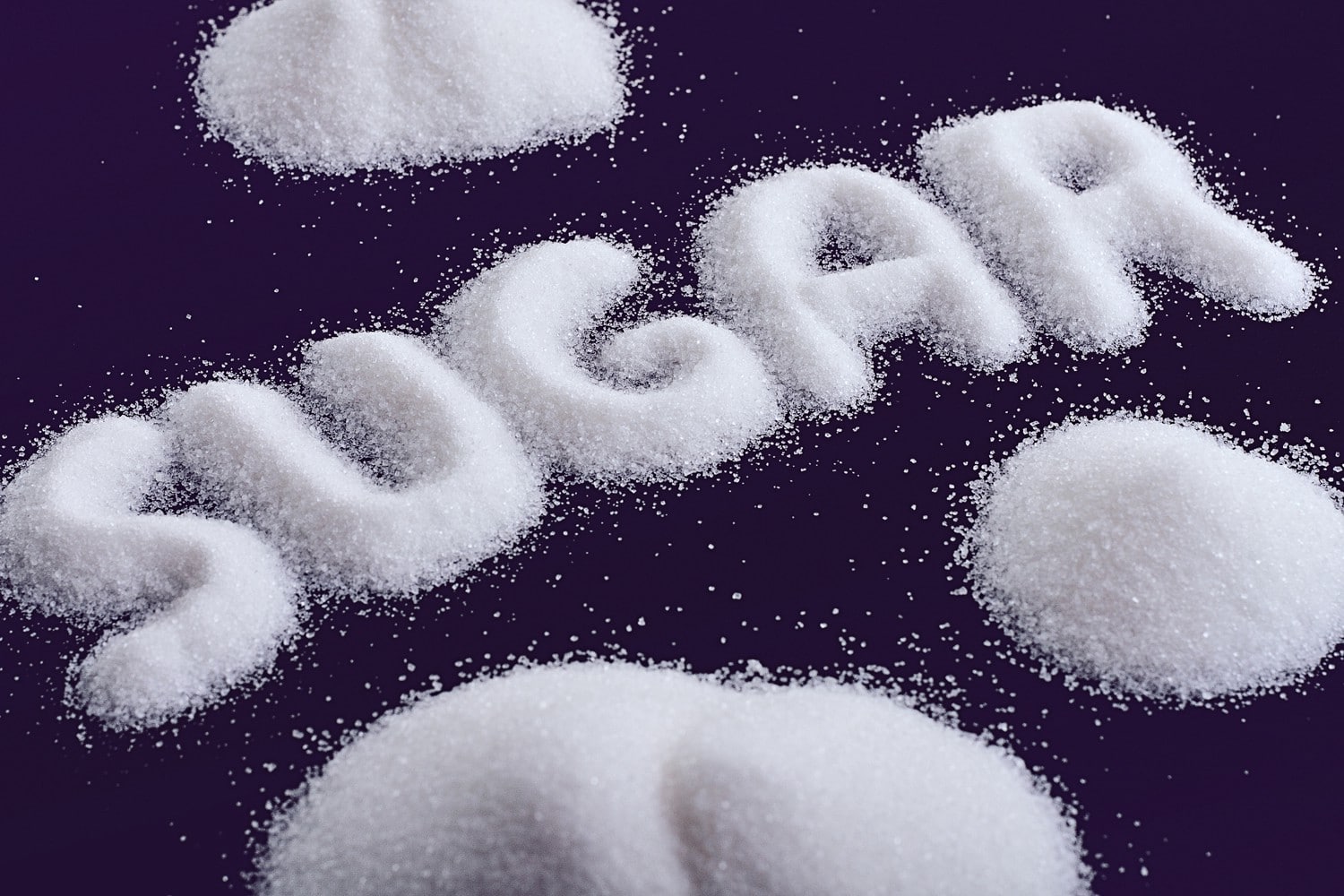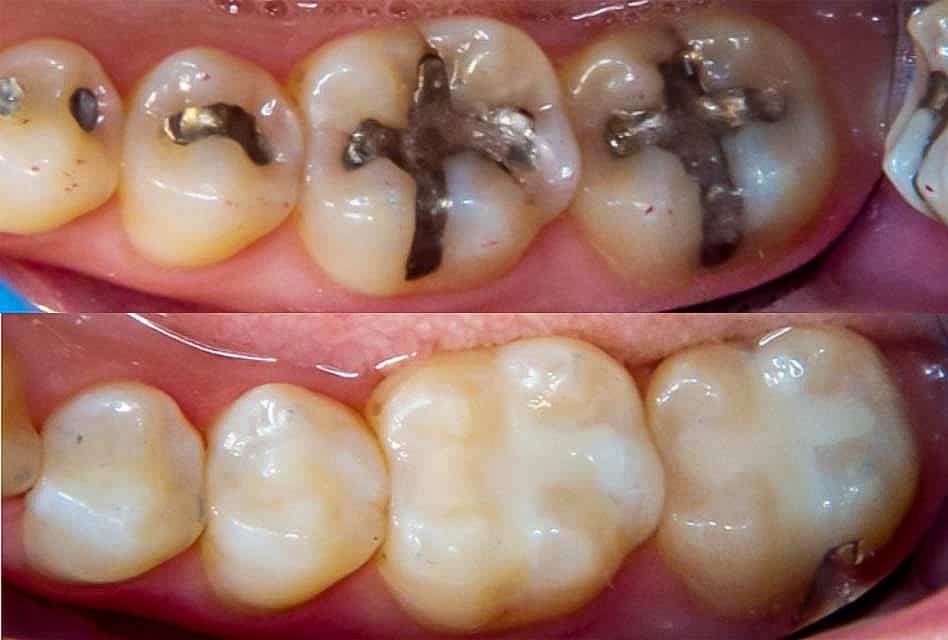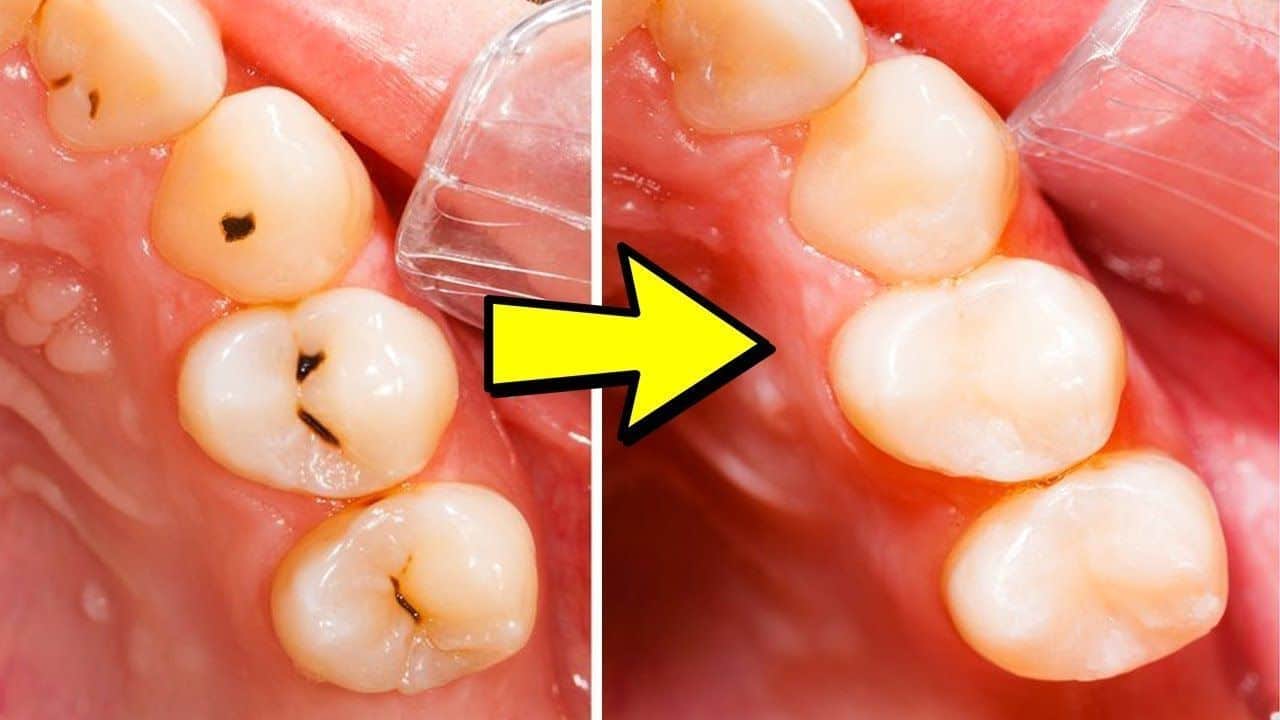Do you think you have a cavity or maybe a dentist told you have one? Sometimes the news can be alarming. In this article we’ll discuss how to get rid of cavities, the real scoop of what you need to know, and even how long does it take to fill a cavity.
What is a cavity
If you just saw the dentist and were told you need cavities restored, I know what happens next. You’re looking at the estimated bill and wondering gosh that’s a lot. And although, it may initially be alarming, take a deep breath. You may value treating it now instead of waiting, once we talk about why.
A cavity is a break or hole in the surface of the tooth. Now that doesn’t sound so bad, but getting rid of cavities is more than just filling a hole in the tooth.
It comes down to bacteria. Everyone has bacteria in their mouth. 700 different types of species to be exact. That is normal. The bacteria in our mouth are harmless, except for one small detail. They are the primary cause of cavities.
The bacteria use the sugars we eat for their metabolism and a byproduct of their metabolism is acid. Cavities are not caused by the bacteria per se, but rather the acid they produce.
The acid has the ability to soften the enamel which creates a progressively deepening hole. I want to reiterate the concept that a cavity is progressive. That’s what matters.
A cavity starts small but involves more and more of the tooth if not treated. That eventually leads to pain. Although a cavity is initially invisible to a layperson. However, if left long enough, it can crumble the entire tooth and produce pain that brings a person to their knees.
How to get rid of cavities
Answering the question how to get rid of cavities is a bit misleading. The thing is, cavities generally are only reversible at a very early stage—when they are only in enamel.
Once a cavity has progressed past the enamel into the dentin of the tooth, it cannot be reversed without a dentist.
So, say your dentist found a cavity and said its very early on. What happens next? They may suggest to “watch” the tooth for 6 months to evaluate how it’s changing. In that case there is a chance. The cavity might reverse, but it needs a little help from you.
Here’s some information on how to get rid of cavities that are early enough for your dentist to “watch.”
Mind your Diet

Oh man, now he’s telling me to diet too? No, that’s not what I mean. When it comes to dental cavities there are two factors that increase the risk. One is the amount of sugar in our diets and the second is how sticky the foods are that we eat. Studies show sugar increases bacteria production of acid, and the stickiness of foods allows it to sit on the tooth for longer than ideal. When you have these types of foods, be mindful to brush soon after or at least rinse with water to wash the high-risk foods off the teeth.
Ask your dentist for prescription toothpaste
Remember how we talked about bacteria fermenting sugar into acid? That’s the critical mechanism of how cavities are formed. But guess what? Fluoride is the kryptonite of that mechanism. The bacteria cannot produce acid in the presence of fluoride. Fluoride blocks a critical step in the metabolism of bacteria. Moreover, fluoride is a double bonus for getting rid of cavities. It also works to remineralize the structure of enamel. Use an over the counter toothpaste with fluoride in it or better yet, ask your dentist for a toothpaste with prescription-strength fluoride such as Prevident.
Use a fluoride mouth rinse daily
Fluoride is the best thing we have to reduce and remineralize cavities. It’s all about fluoride fluoride fluoride. And yes there are some people who are against fluoride. However, at this time the studies do not support that fluoride poses any significant risk to humans, and the CDC supports the use of fluoride use. Studies do show a significant decrease in dental decay when utilizing fluoride as recommended. Rinsing with an over the counter fluoride mouth rinse has been shown to help get rid of cavities and prevent cavities from forming.
Watch out for dry mouth
You have no idea how much your saliva does for you. It’s the body’s natural rinse cycle for the teeth. And that’s not all. Saliva is actually the body’s first line of defense again many illnesses. The saliva buffers the pH of the mouth by diluting harmful acid on the teeth, and it contains antibodies that help to fight off disease. The three primary causes of dry mouth:
- Dehydration
- Drugs, alcohol, and many prescription medications are the most common causes of dry mouth
- Age greater than 75
If you fall into one of these higher-risk categories, try to drink extra water throughout the day and try to compensate by rinsing your mouth more frequently with water. Doing so will rinse off the teeth periodically and buffer the pH of the mouth throughout the day.
Use Sugar-Free gum often

Chewing sugar-free gum after meals has been shown in studies to help reduce the risk of cavities and even help remineralize enamel. The gum serves as a mechanical cleaning mechanism to rid the teeth of food particles, raise the pH of the mouth, and increase saliva flow all of which help to effectively wash the teeth and create an environment that can strengthen the enamel.
Supplement calcium and vitamin D
There is some research that a diet high in calcium helps to get rid of cavities and reduce the risk of teeth decay. However, I say that with caution. Some of the newer research is conflicting. It is my opinion that vitamins need to be at least a minimum recommended amount for optimal oral health, however, supplementing in abundance may not necessarily enhance oral health. The key concept is to make sure you are having a well-balanced diet and ensure your vitamin and mineral intake are at least the minimum recommended amounts by taking a daily multivitamin.
Floss like your teeth depend on it
Yeah, I know all about what you’re thinking. If a dentist tells me to floss one more time, I’m going to lose it. Trust me I get it, but here’s the deal. If you’re trying to prevent or get rid of cavities, flossing is your best friend. Brushing is great at reaching the outer surfaces of the teeth, but the teeth equally trap harmful bacteria between them. That’s why flossing is important.
How to get rid of cavities that cannot be “watched”
When a cavity progresses fully through the enamel, it can no longer be watched. The reason is the bacteria are now within the dentin of the tooth, which cannot be accessed for cleaning. The bacterial will continue to produce acid inside the tooth, and ultimately, tunnel deeper until the dental pulp and nerve is reached.
Fortunately, a cavity is not a death sentence. The tooth can be saved by a restoration. The most common way the bacteria and dental decay is removed is by a filling. The concept of a filling is that the weak and decayed tooth structure is fully removed, and the dentist replaces the area with a filling material (typically composite) which restores the area and seals it again so bacteria cannot live within the tooth.
How long does it take to fill a cavity

When you ask how long does it take to fill a cavity, you probably want a one-word answer like “quick,” right? Well, most cavities are generally quick to complete, but it’s a matter of perception. For some people with dental anxiety, even the thought of 5 minutes in the dental chair is virtually a lifetime. So my answer to how long does it take to fill a cavity all relative. With that being said, I will give it to you straight.
The average simple filling generally takes about 20 minutes to complete. If you have multiple cavities, often they can be completed even more efficiently with three or more completed within about an hour.
Now the time I’m noting is the actual “working time.” If you need a single filling, even though it takes only 20 minutes, most dentists will book an hour appointment to account for time for the patient to get settled, answer questions, get numb, take any breaks, and debrief. In my office, I ear on the side of extra time since I specialize in complex cases on severely dentally phobic patients. So there is some variability based on the office reputation.
Even though the working time for a simple filling is about 20 minutes, make sure to give yourself extra time. Typically a filling will require a full hour in your schedule to account for the total appointment time from the moment you pull in to the parking lot until you leave.
How long does it take to fill a cavity and replace an old filling with a new one?

Replacing an older filling takes about the same amount of time as the original filling. Occasionally it may take slightly longer if the old filling is compromised in a difficult to access location. Typically, when replacing an older filling, all the old material is cleaned out fully and new filling material inserted.
And that leads me to another point. The answer to how long does it take to fill a cavity is variable. There are exceptions to the rule depending on how large or complex a cavity is. Always talk with your dentist about how long an appointment for a cavity will take if you are working on a tight schedule.
How to get rid of cavities: Wrapping up
So there you have it. The best method for getting rid of cavities is actually prevention. The second best is restoring the lost part of the tooth with a filling.
Although dental care may sometimes be overwhelming both emotionally and financially, just remember that it is an investment in yourself. Dental problems do progress. Although it might be overwhelming today, its a lot better than the progression down the road. When it comes to your health, the true value is less about money and more about prevention and early intervention. With prevention, you’ll be a lot happier I promise.


